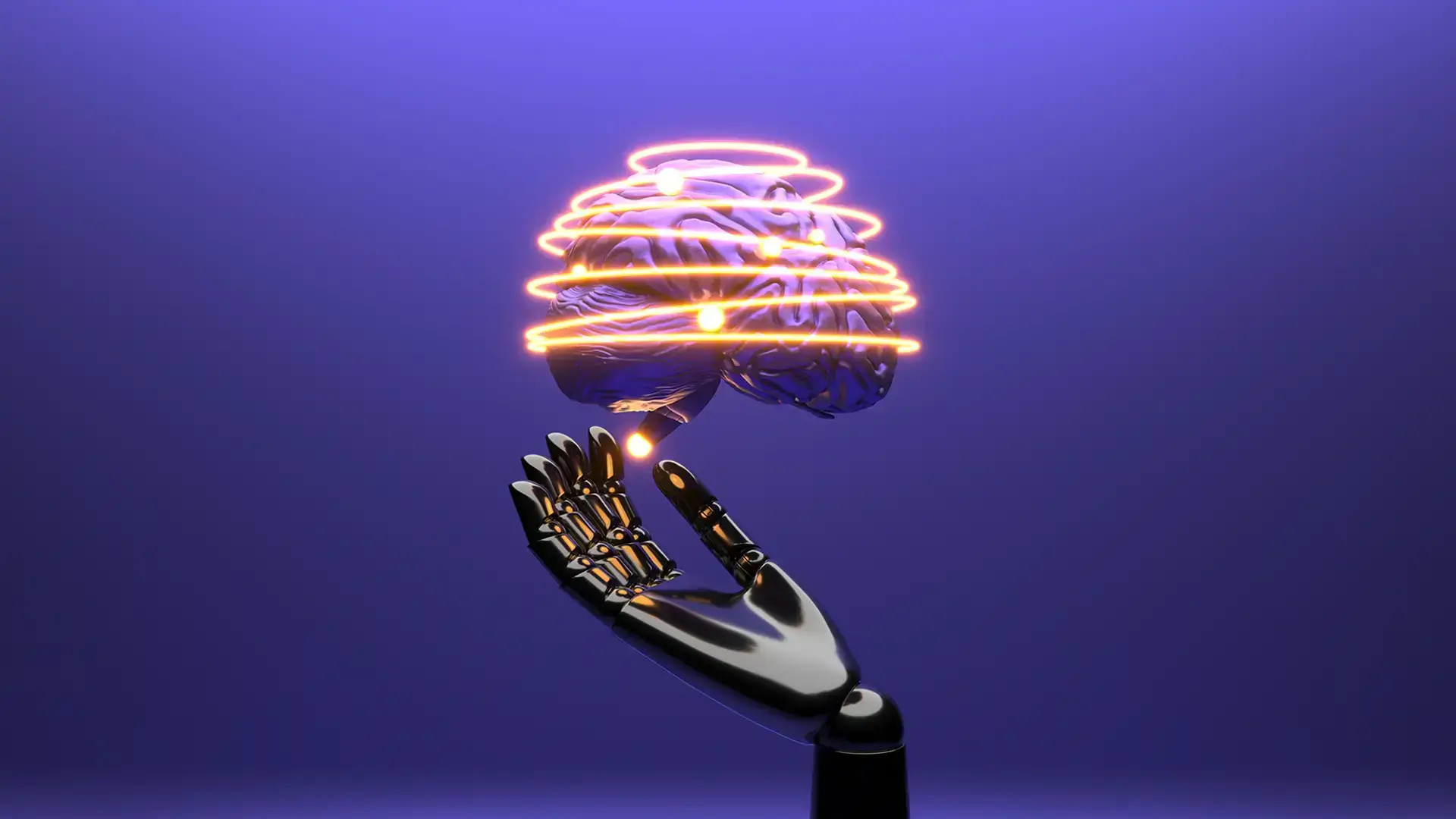Making sense of artificial intelligence
Artificial intelligence (AI) is not a new concept and is something many of us will have already interacted with, even if we weren’t aware of it, but despite this it hasn’t been something many of us sought out and chatted about. Over the last few months that’s all changed. The launch of ChatGPT has seen chatter around AI and its applications exploding out of the confines of those that make up the techie, digital world and into the wider world.
But, what actually is AI and how is it used?
It’s still open for debate how the latest advances in AI, and specifically ChatGPT (and its competitors), will impact our lives, nonetheless the buzz is unlikely to die down anytime soon, and it is important we all know more about it – even if approaching from a place of scepticism / fear.
So, going back to basics first.
AI is a branch of computer science that aims to create intelligent machines that can perform tasks, like problem solving or decision making, that you might otherwise think would require human intelligence to perform. While it is, on a practical level, a branch of computer science, it draws widely upon maths, psychology, and neuroscience as well. Essentially it works by using algorithms and statistical models to analyse and then make decisions based on historical data. By drawing on historical data it can recognise patterns, and therefore make predictions about new data.
One example of AI is machine learning, this is a branch of AI that involves training algorithms to learn from data. Machine learning algorithms are fed large datasets, statistical analysis is then used to identify patterns and relationships in the data. Any identified patterns are then used to make predictions about new data. For example, if you run an e-commerce business you might use (or might deploy an app or piece of software which uses) machine learning to analyse customer behaviour and predict which products are most likely to be purchased in the future.
Another example of AI is natural language processing (NLP). NLP involves teaching machines to understand and interpret human language. This is where many of us have encountered AI as NLP is used in a variety of common applications, such as chatbots, voice assistants, and language translation. If you’ve ever tried to ask a question of a large organisation online the likelihood is that you spoke to a chatbot, and either had your question answered or were passed on to a human.
Another way in which many of us will have interacted with AI is through its use in image and video recognition. This involves teaching machines to identify objects, people, and activities in images and videos. For example, a company might use image recognition to analyse social media images and identify trends or patterns in consumer behaviour.
If nothing else it should be clear that the majority of us have, unwittingly or otherwise, interacted regularly with AI. And, whether we like it or not, and it’s clear there are some fairly serious ethical issues to consider in its use, it’s not going away so in our next piece we’ll be looking in more detail about its applications – what to be aware of and how to leverage it to your advantage.




